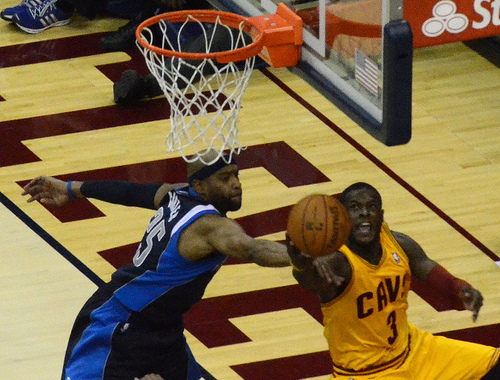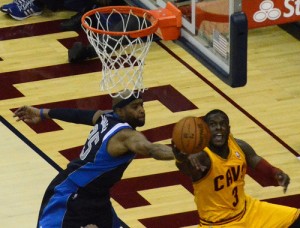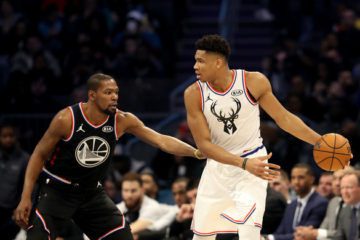Fantasy Basketball: Rookie Report Card


Dion Waiters, SG Cleveland
The projected landing range for Waiters was debated in abundance leading up to draft day 2012. While there was no discord among scouts on his NBA-ready frame or his ability to score in bunches, there were concerns over height, decision making (shot selection), positional fit and overall experience level. When the Cavaliers selected Waiters at number four overall, it was emphatically clear that the pick would be spotlighted and dissected for the remainder of his career. The early returns show a player struggling to adjust to the athleticism and size challenges that the league presents on a nightly basis.
On a positive note, Waiters is scoring upwards of 14 points per game as a 21-year old rookie. He displayed a glimpse of his potential in mid-January at Sacramento, piling up 33 points in 29 minutes, making 12 of 18 field goals and dishing out five assists without committing a turnover. To be fair, however, that game resembled the Rookie/Sophomore tilt (124-118 L) more than it did a game counting in the official standings.
What’s the root cause of Waiters’ inefficient first half? His greatest strength at the collegiate level, attacking the bucket and finishing, has not translated – yet. According to Vorped.com shot charts, he’s converting only 45.2% of his opportunities inside the paint. As a comparison, 6’3 undersized two-guard Monta Ellis is sitting at 54.8%. Stubborn to a fault, he continues to rely on his power, consistently driving straight to the rim rather than incorporating a floater into his shot arsenal. Remarkably, just 18 of his 566 field goal attempts (3.1%) have come in the area between the restricted semi-circle and the free throw line. It comes as no surprise that interior length has frequently won the battle against Waiters: he ranks 3rd among shooting guards in blocks against at 0.95/game. Despite his attacking style, he is not getting to the charity stripe (3 FTA) and his ability to find ‘cheap points’ is currently non-existent.
Fantasy owners will be satisfied with his 1.2 three-point makes per game, but his overall shooting percentages have been ghastly. He’s shooting 35.8% in the mid-range (outside the paint) and 31.4% beyond the arc. Using John Hollinger’s True Shooting Percentage, which accounts for free throws and three-pointers, Waiters clicks in at 47%, or 285th among qualifying players. These figures are not a result of poor shooting mechanics, as he possesses a clean stroke with excellent elevation. The issues at hand are shot selection and simply finding his comfort zone on an NBA floor.
Perhaps I’m being too harsh on the Syracuse product. After all, the adjustments he’s being forced to make are massive; from quality of competition to missing time with injury (eight games) to playing alongside a ball dominant, upper echelon point guard in Kyrie Irving. Additionally, Irving was also sidelined for significant time, further preventing Waiters from settling into a distinct role and developing a rapport with the man getting him the rock. His starter/reserve splits suggest that he’d be better suited coming off the bench at this stage (or permanently), serving the role as a second unit energizer.
| MIN | PPG | FG% | FTA | FT% | |
| Starter | 31 | 13.5 | 37.1 | 2.7 | 71.8 |
| Reserve | 27 | 17.1 | 43.8 | 5.2 | 85.1 |
Grade: C+
Second-Year Player to Watch
Markieff Morris, PF Phoenix
Morris has the all-around skill set to make fantasy hoopsters salivate. At this point, however, his most attractive quality is ‘potential’. Despite a drop in production over his last half-dozen games, Morris’ per 48 minute statistics are eye popping: 16 points, ten rebounds, three assists, 1.8 blocks and just shy of one three-point make per. His offensive game is not well defined at this point, which helps to explain his 40% field goals at 6’10. With a soft touch, shooting range and the frame to mix it up on the interior, the 23-year old can be a far more dynamic offensive threat in the pro’s than he was at Kansas i.e. pick and pop and utilized as a stretch 4/5. Defensively, he boasts the hands to be a steals threat and the length to be a dependable shot blocker. Morris is a must own in keeper and dynasty formats, and could prove valuable in standard leagues behind an increase in playing time following the All-Star break.
Follow on twitter @AdamGaneles





